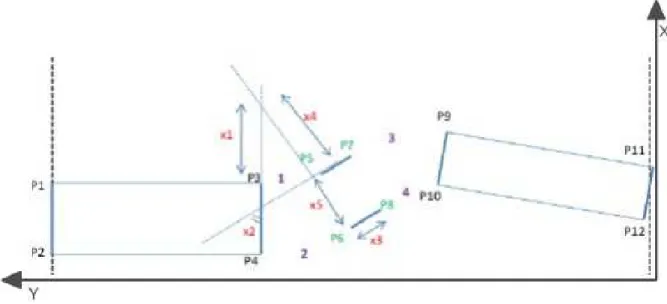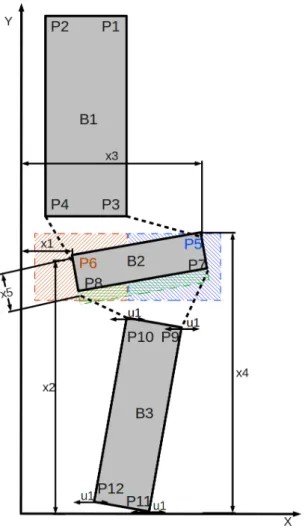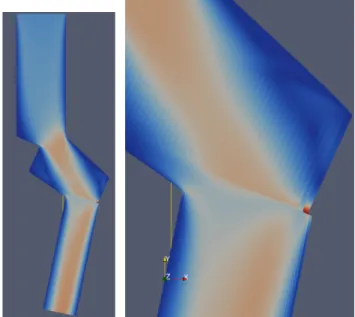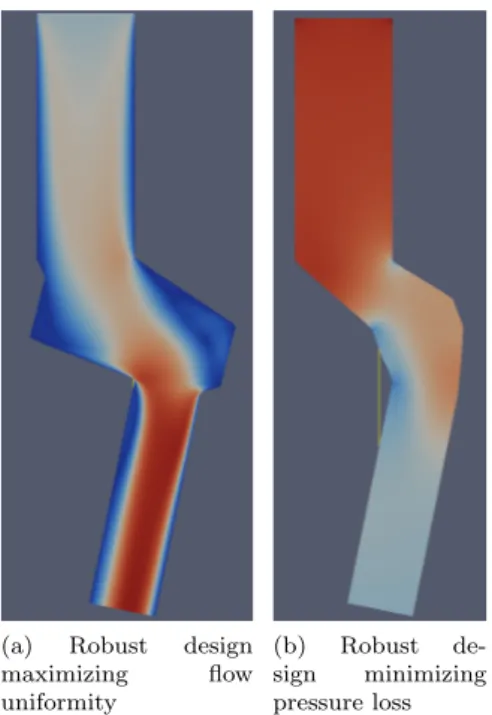Robust optimization of a 2D air conditioning duct using kriging
Texte intégral
Figure




Documents relatifs
Water vapor advection and the subsequent formation of clouds quite differ when we compare these brand new high resolution simulations and the usual lower resolution ones at 64 per
We have implemented an automatic transformation from SystemC into the input language of BLAST, and thus we can verify SystemC designs using the BLAST model checker fully
strategies are iterative and based on two steps: a NSGA-II algorithm performed on kriging response surfaces or kriging expected improvements and relevant enrichment methods composed
To solve the robust optimization problem, one way is to introduce a multi-objective optimization formulation where the first objective is the function itself and the second is
This work is based on an extension of the continuous mesh framework and multi-scale mesh adaptation [10] where the optimal metric is derived through a calculus of variation.. Based
5, Pruulv ^<` kdv sursrvhg d phwkrg iru frqvwuxfwlqj dxjphqwhg sdlu ghvljqv1 Klv lghd lv wr wdnh dq lqlwldo ghvljq ri vpdoo vl}h +qrw rqo| d vlpsoh{ ghvljq olnh khuh, dqg wr dgg
This behavior agrees with the study presented in [8] where noise behavior was investigated in relation regarding to the excitation parameters (I dc and I ac ) for an
Other examples of proton fl uence models include the ESP and PSYCHIC mod- els (Xapsos et al., 1999a, 1999b, 2000, 2004, 2007), which used the maximum entropy principle to obtain
